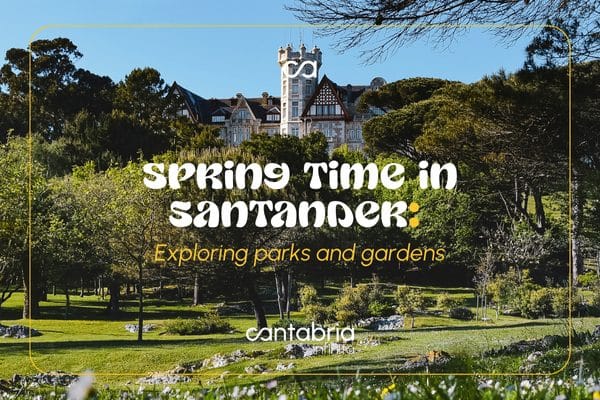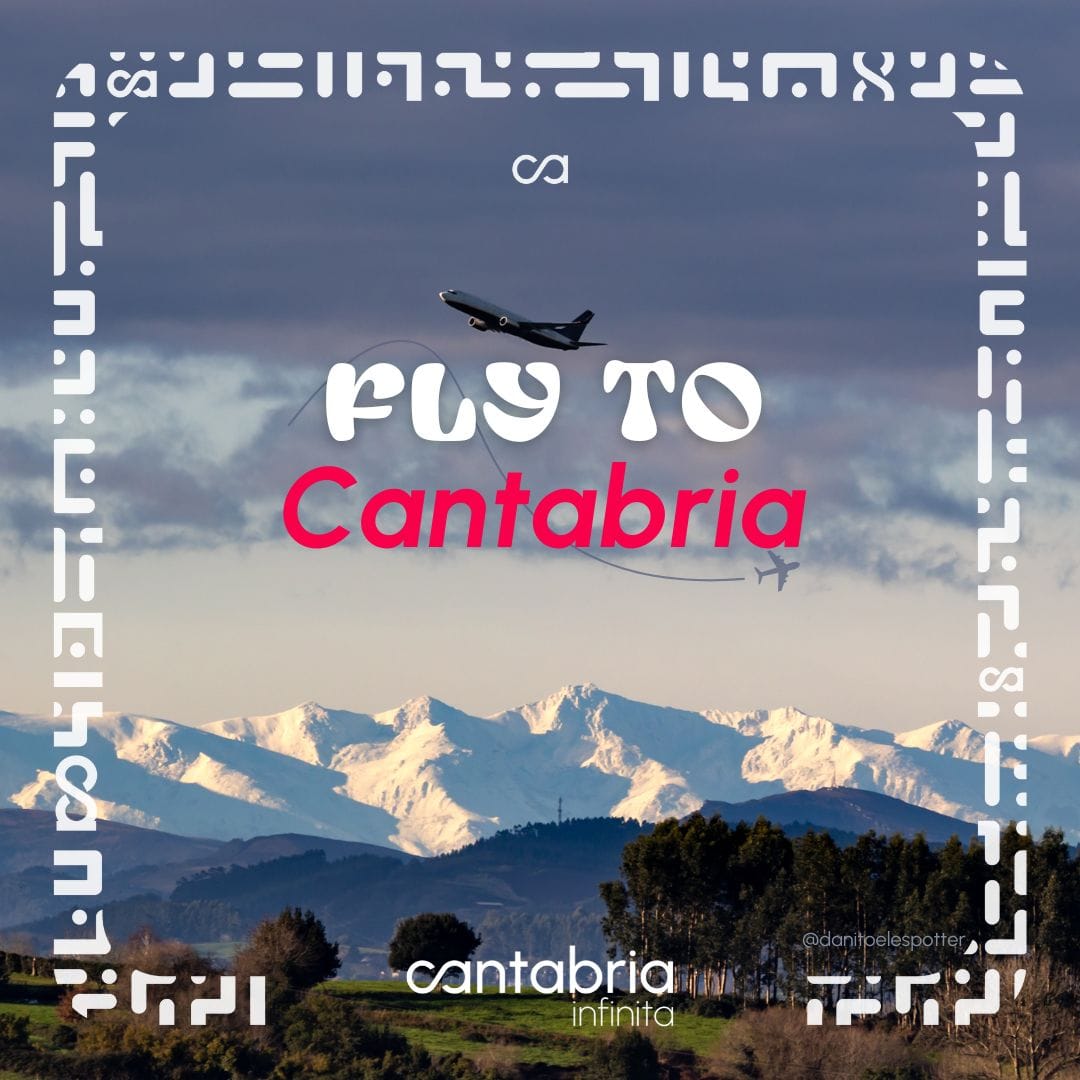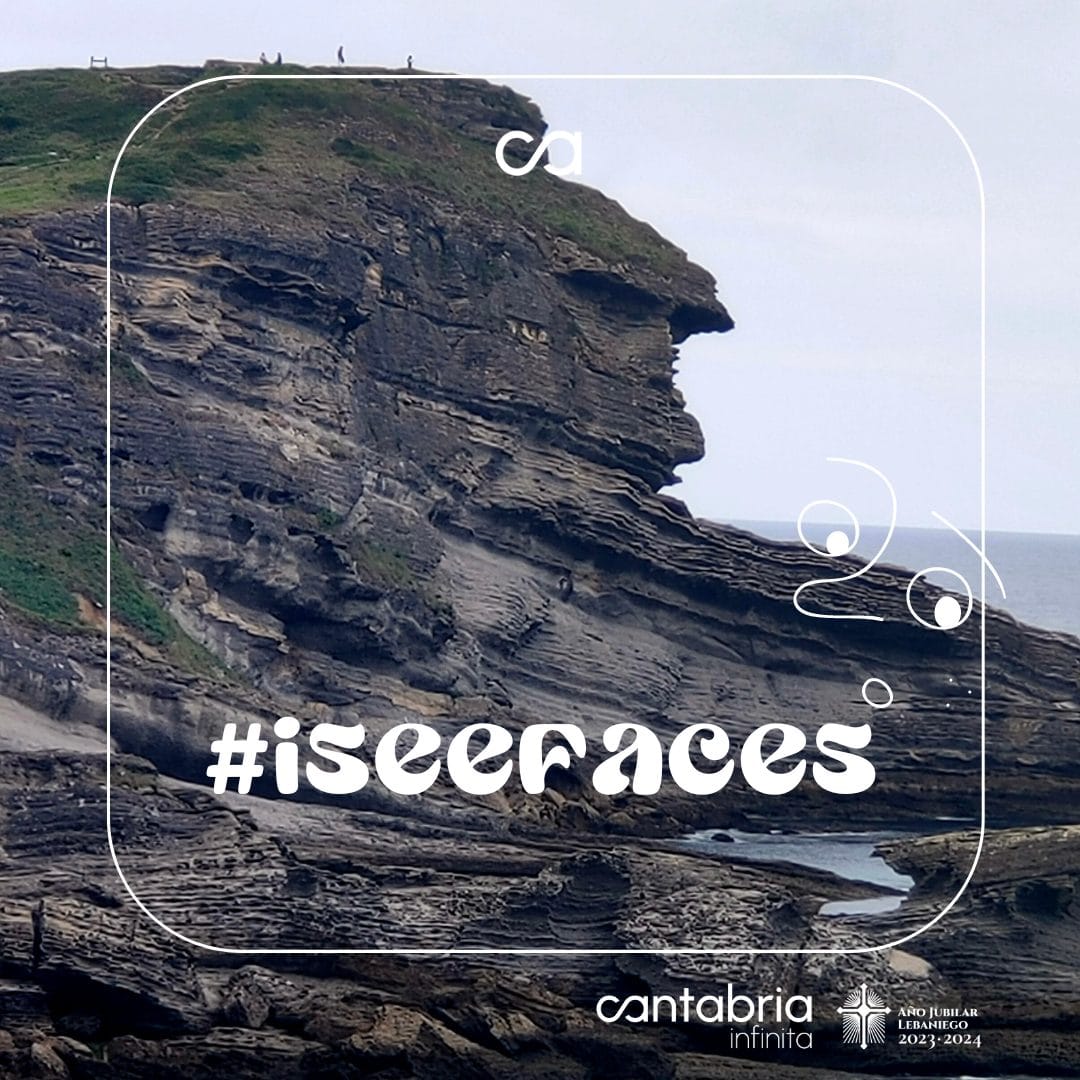The Pasiegos Valleys in 5 Photos
The Pasiegos Valleys, known as the Valles Pasiegos in Spanish, are a natural wonder found in Cantabria, made up of 3 main valleys: Pas, Miera and Pisueña.
The Pasiegos Valleys, known as the Valles Pasiegos in Spanish, are a natural wonder found in Cantabria, made up of 3 main valleys: Pas, Miera and Pisueña. These valleys are famous for their lush green landscapes and charming villages that look like they’ve been taken right out of a fairytale. The culture of Pasiegos, rooted in agriculture and livestock farming, attracts tourists who come to enjoy its natural beauty, walking routes and delicious traditional cuisine.
These valleys have been home to farmers for centuries, and its green pastures, excellent milk, traditional desserts known as sobaos and quesadas, together with its iconic cows, are symbols of this peaceful and authentic way of life. Though the time of the transhumant herdsmen may be long gone, the legacy of their way of life lives on in the old stone cabins with slate roofs scattered throughout the valleys.
These cabins and the surrounding landscape are the soul of the Pasiegos Valleys, and every visitor is bound to feel the magic of this corner of Cantabria upon seeing its characteristic imagery.
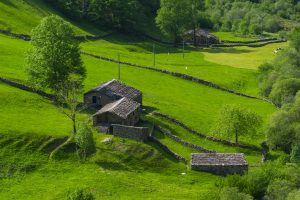
The green valleys, dotted with charming cabins, are the most famous, recognisable feature of the scenery in this region. But what has travelled even further to become a symbol of Cantabrian cuisine are the delicious desserts called sobaos and quesadas, which are closely linked to the history and tradition of the Pasiegos Valleys. These delicacies have been part of the lives of the people in Pasiegos since the 16th century, and their reputation as skilled traders has been recorded in documents that show how women brought these delicacies to the markets to share their gastronomic excellence with the world.
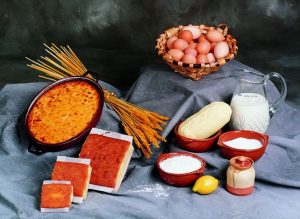
The main essence of both the sobao and the quesada comes from the milk, but bread is also a key ingredient. This bread from Pasiegos was traditionally prepared by women using a special cooking technique. Those who get to taste these products today are able to relive the homely traditions of Pasiegos in some way. The smokey flavour from the oven, the taste of homemade butter, the delicious eggs from free-range hens and the texture of the wheat are chosen with great care to create these delicacies. It’s a feast for the senses and a real chance to appreciate the most authentic part of our beloved Cantabria.
But life’s not just about feeding your body with food, it’s also about feeding your soul with culture. So we can’t talk about the Pasiegos Valleys without mentioning the four caves there that have made it to the World Heritage list. El Castillo, Monedas, Chimeneas and La Pasiega are the four caves that have been granted this prestigious title by UNESCO. All are found in Monte Castillo, located Puente de Viesgo, and two of them are open to visitors: El Castillo and Monedas.
These caves are host to an extraordinary wealth of cave art from the Upper Paleolithic, one of the largest collections in Cantabria, with a wide range of drawings that represent animals and a remarkable number of signs. It is of exceptional value, and the images of hands in the cave of El Castillo or the famous horse in the cave of Monedas are world-renowned, and stand as a clear symbol of the Pasiegos Valleys. Have you heard of them before?
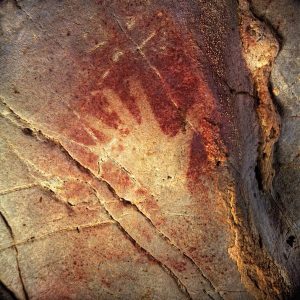
The typical image that comes to mind when our visitors think of the Pasiegos Valleys is the sculpture of the ‘Fish Man’ (Hombre Pez), found next to the charming bridge of Liérganes that crosses over the River Miera. It’s important to mention that, although the bridge is referred to as ‘Roman’, it is not actually a Roman bridge, just to save disappointing those who visit with this expectation. Some other postcard-perfect scenery in the Pasiegos Valleys can be found in its charming villages, especially Liérganes, recognised as one of the most beautiful villages in Spain.
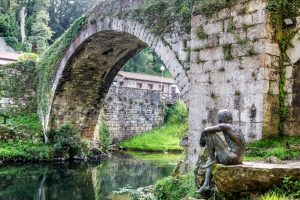
However, Liérganes is not the only wonder to be discovered in the Pasiegos Valleys. The three enchanting villages of Pasiegos—Vega de Pas, San Pedro del Romeral and San Roque de Riomiera—are true treasures that capture the history, tradition and authentic customs of the area, attracting a large number of visitors. Other villages worth mentioning include Selaya, with its extraordinary collection of medieval architecture, and Villacarriedo, which is home to one of the greatest wonders of baroque architecture in the region: the palace of Soñanes, which today is used as a charming hotel.
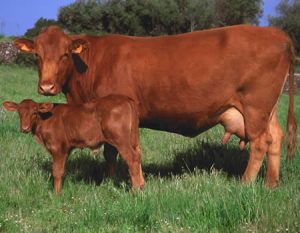
We couldn’t end this post without mentioning the source of almost everything in the Pasiegos Valleys, on which the traditional economy of Pasiegos is based: the dairy cow. The Pasiega cow, known for its fairly small size, delicate build and hazelnut colour, while not especially productive, would provide milk with excellent fatty properties, thus driving the trade of high-quality cheese and butter by the people of Pasiegos. These characteristics make the Pasiega cow, with its unique black spots, yet another symbol of these valleys. However, in the 20th centry, the arrival of the Nestle factory to Pisueña Valley caused a huge change to the farming model. This led to the introduction of the Dutch Friesian cow, which was more productive, but still adapted well to the climate and the pastures of Pasiegos, and became the new dominant cow in the region.
How did you find this trip to discover the unique characteristics of the Pasiegos Valleys? Which ones would you highlight? Share your experience of the Pasiegos Valleys or your expectations for your next visit on our Facebook or X page.
Come and enjoy the wonders of the Pasiegos Valleys in Cantabria, there’s so much to discover!



